

Samsung announced a plethora of new devices during its Galaxy Unpacked 2019 events in San Francisco and London last night, including an all-new foldable handset dubbed Galaxy Fold, Galaxy Buds wireless earbuds, and a smartwatch called Galaxy Watch Active. It also unveiled new fitness tracking bands, and four new smartphones – the S10e, S10, S10 Plus, and Galaxy S10 5G, which launches some time in summer.
It's an excessive amount of shiny new gadgetry, so let's focus on the Galaxy S10 range for the time being. Unfortunately, Samsung is staying very tight-lipped about the exact release date (not to mention pricing!) for its 5G-enabled variant, so we'll exclude that from the comparison for the time being.
If you're umming and ahing about upgrading your current smartphone to the Galaxy S10e, Galaxy S10 or Galaxy S10 Plus, it can be tough to work out exactly which handset will best suit your needs. So, let's take a closer look ...
- Samsung Galaxy S10e review (early verdict)
- Samsung Galaxy S10 review (early verdict)
- Samsung Galaxy S10 Plus review (early verdict)
Galaxy S10 vs Galaxy S10 Plus vs Galaxy S10e: Design
There isn't all that much to differentiate between the Galaxy S10e, Galaxy S10, and Galaxy S10 Plus. All three handsets boast the same sturdy build quality. Unlike the iPhone Xr, which ditches the premium stainless steel of the pricier iPhone XS and iPhone XS Max in favour of aluminium – there is no difference in materials between the S10e, S10 and S10 Plus, despite the dramatic price differences.
All three use glass on the front and back to enable fast wireless charging and the all-new Wireless PowerShare feature.
The entire Galaxy S10 range uses the Infinity-O display design, which lets the screen run to the very edge of every corner on the front of the device. This edge-to-edge design doesn't leave much room for the front-facing camera in the bezel, so Samsung has relocated it to an O-shaped cut-out in the top right-hand corner of the screen – hence the Infinity-O name.

Galaxy S10 Plus has a hefty cut-out for the dual selfie camera
The only real difference between the Galaxy S10 design is the size of the hole-punch cut-out in the Infinity-O which is much larger on the Galaxy S10 Plus thanks to its dual front-facing camera set-up.
Sign up to the T3 newsletter for smarter living straight to your inbox
Get all the latest news, reviews, deals and buying guides on gorgeous tech, home and active products from the T3 experts
That means you'll be able to take Live Focus photos, which include an artificial bokeh-style blur behind the subject of the image, from the front-facing camera – something not possible on the other S10 handsets. Unfortunately, it also means the selfie camera cut-out can be a bit of an eyesore.
Another important differentiator is the display on the Galaxy S10e, which does not curve around the corners of the handset like the AMOLED on the S10 and S10 Plus.
It doesn’t feel like there’s anything truly significant missing from the S10e, but the flat panel does make the small bezels around the display appear more pronounced than on the S10 and S10 Plus, where the bezel is obscured by the curves. Those who upgrade from a Galaxy S8 or Galaxy S9 will likely feel like they’ve taken a step backwards, but everyone else probably won’t even realise anything is missing.

Unlike the other Galaxy S10 models, the S10e has a flat screen
Galaxy S10 vs Galaxy S10 Plus vs Galaxy S10e: Specs
As you'd probably expect, the more affordable Galaxy S10e isn't quite packing the same amount of power as the Galaxy S10 and Galaxy S10 Plus. Quelle surprise, eh?
But what you might not have been expecting is that the Galaxy S10 Plus is a much more powerful device than its smaller sibling, the Galaxy S10. While the entry-level S10 and S10 Plus pack exactly the same 8GB of RAM, with the option of either 128GB or 512GB of built-in storage, the S10 Plus can be configured with a monstrous 12GB of RAM and 1TB of storage. That's not possible with the Galaxy S10, which means those who want the ultimate Galaxy S10 smartphone when it comes to performance will need to plump for the 6.4-inch Galaxy S10 Plus.
Meanwhile, the S10e sports 6GB of RAM and 128GB of built-in storage.
As you'd expect from Samsung, the storage in all of these handsets can be expanded via the MicroSD card slot. And yes, that does mean 1.5TB of storage in your pocket. Is that 1.5TB of storage in your pocket... or are you just pleased to see us?
All three Galaxy S10 models are compatible with the new, faster Wi-Fi 6 standard, are certified IP68 for water and dust resistance, and support fast wireless charging.
Galaxy S10 vs Galaxy S10 Plus vs Galaxy S10e: Prices
Galaxy S10 vs Galaxy S10 Plus vs Galaxy S10e: Features
Until now, the differences between the three Galaxy S10 smartphones might seem pretty minimal. But that's all about to change.
Firstly, each Galaxy S10 model has a different number of cameras. The Galaxy S10e has a dual rear-mounted camera capable of ultra-wide shots, as well as standard wide-angle photographs. On the front, it has a single front-facing camera for selfies and video calls. The Galaxy S10 has the same selfie set-up, but has a triple-camera on the back of the device. The latter is capable of ultra-wide and wide-angle photos (like the S10e) as well as 2x optical zoom and Live Focus images, which include an adjustable bokeh-style blur to the background behind the subject of the shot. Finally, the Galaxy S10 Plus keeps the same rear-mounted camera as the Galaxy S10, but doubles the number of front-facing cameras to bring Live Focus to selfies.
Those looking for the most fully-featured smartphone camera have no choice but to opt for the pricier Samsung Galaxy S10 Plus.
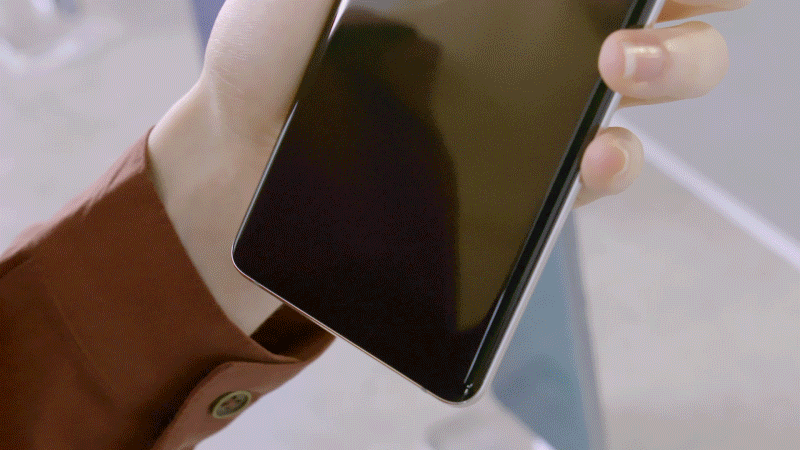
The other biggest differentiator between the Galaxy S10 range is the fingerprint scanner. While the Galaxy S10e is unlocked using the fingerprint scanner embedded in the side-mounted power button, S10 and Galaxy S10 Plus owners only need to place their fingertip to unlock. That's because Samsung has embedded the scanner underneath the glass display. It's also using a new ultrasonic sensor, which it claims is more secure than other options and is even capable of keeping a record of every single ridge in your fingerprint.
To do this, the scanner creates a three-dimensional impression of the fingertip by bouncing soundwaves off the skin through the display. Samsung says this means the reader will continue to work in tough weather conditions, including heavy rain. Unfortunately, the fingerprint scanner on the Galaxy S10e promises to be just as unreliable in wet conditions as previous generations.
For our money, we have always preferred front-facing fingerprint scanners – not least because it means you can unlock the phone and authenticate secure apps when the handset is resting on your desk without having to pick it up.
Galaxy S10 vs Galaxy S10 Plus vs Galaxy S10e: Verdict
If you're looking for the best Galaxy S10 smartphone available right now the choice is impossibly simple – you need to buy a Samsung Galaxy S10 Plus. The 6.4-inch handset has more cameras than the other S10 models, it has more RAM, more storage, and a bigger battery, too.
As you'd expect, the Samsung Galaxy S10e has the most compromises of the three. This is undoubtedly to keep its price tag competitive. Some of these concessions likely won't make much of a difference at all – are you really going to miss a curvaceous screen? – while others are likely to prove more painful – the in-display ultrasonic fingerprint scanner and Live Focus images spring to mind.
However, the Galaxy S10 probably has the best balance of features and prices. It's only £130 more than the S10e when bought SIM-free, which is a little over a fiver extra a month when bought on a standard 24-month contract. If your smartphone is the only camera you carry, it's probably worth coughing-up the extra for the Live Focus images and 2x optical zoom. It should also be a little speedier, too.
its also worth noting that pre-ordered S10 and S10 plus phones come with a free pair of Galaxy Buds - thlet must be the best buds ever to come bundled with phone.
- Best Samsung Galaxy S10 deals available right now
As a former Staff Writer for T3, Aaron writes about almost anything shiny and techie. When he’s not barking orders at Alexa-powered microwaves or gawping at 5G speed tests, Aaron covers everything from smartphones, tablets and laptops, to speakers, TVs and smart home gadgets. Prior to joining T3, Aaron worked at the Daily Express and and MailOnline.
-
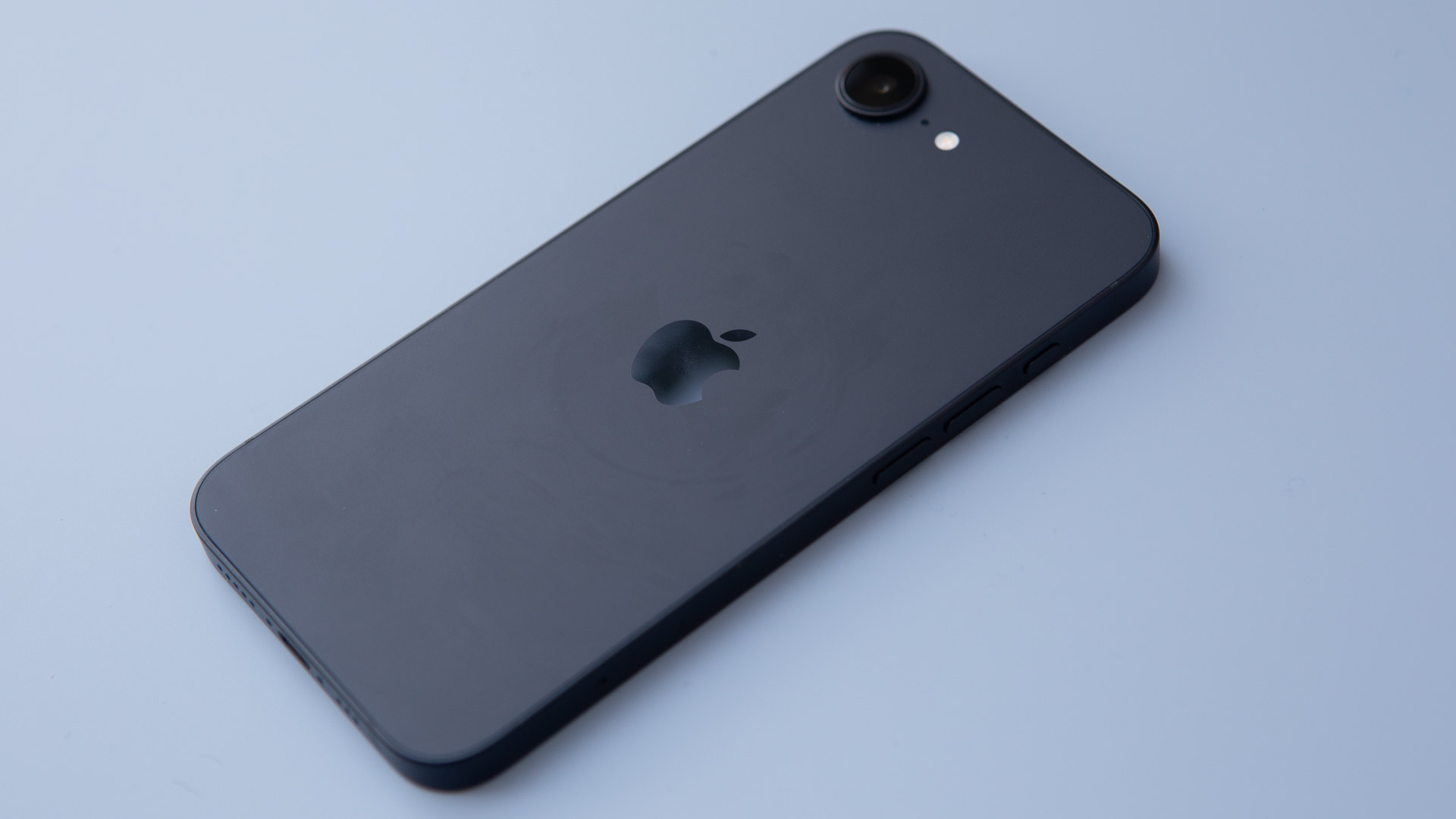 Apple's iPhone just did something it never has before
Apple's iPhone just did something it never has beforeThis is an unprecedented event for the iPhone
By Sam Cross
-
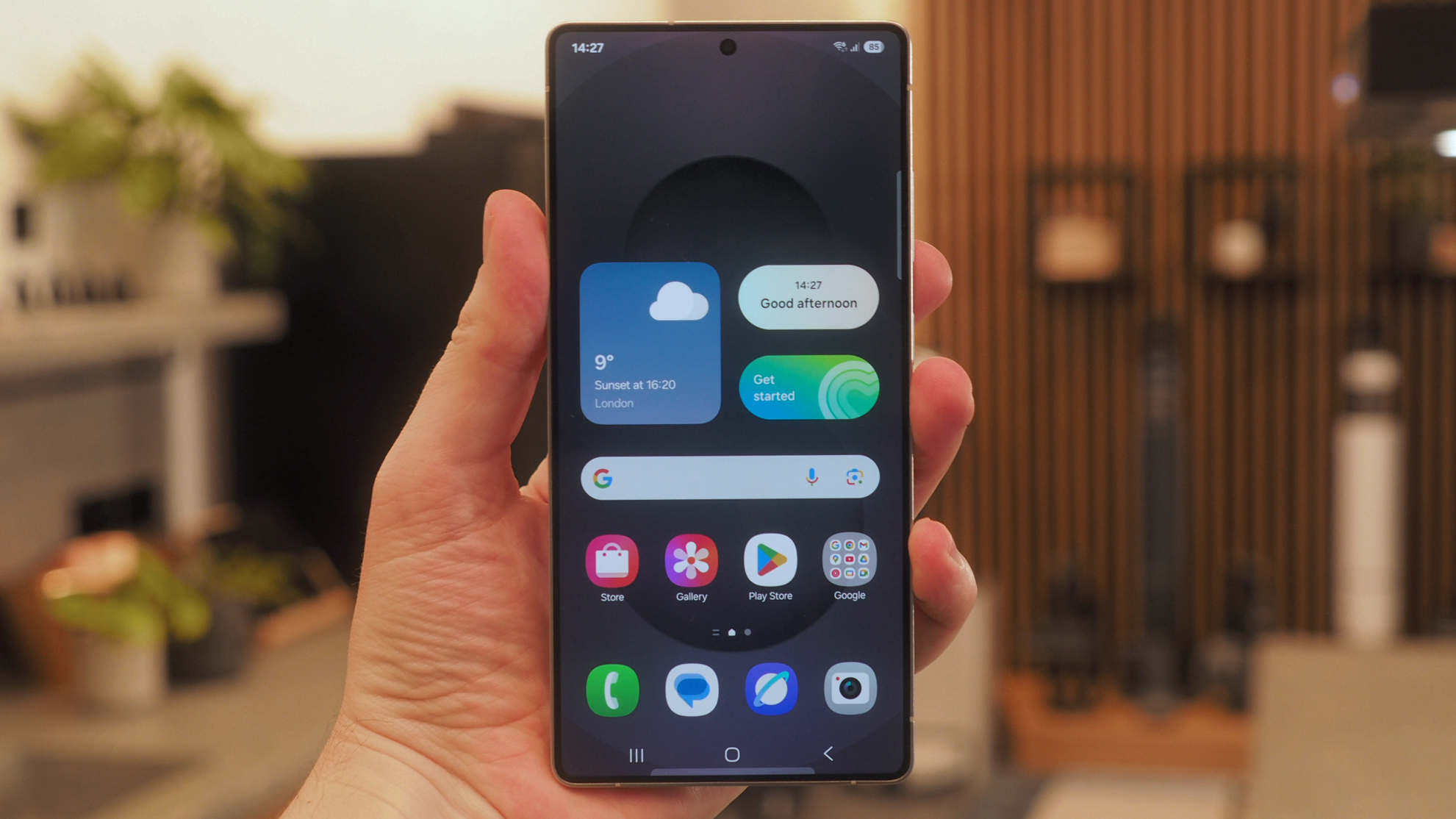 Samsung hits pause on Android 15 rollout, but your phone might be lucky
Samsung hits pause on Android 15 rollout, but your phone might be luckyYour delayed Samsung One UI 7 software update could be delayed some more
By Chris Hall
-
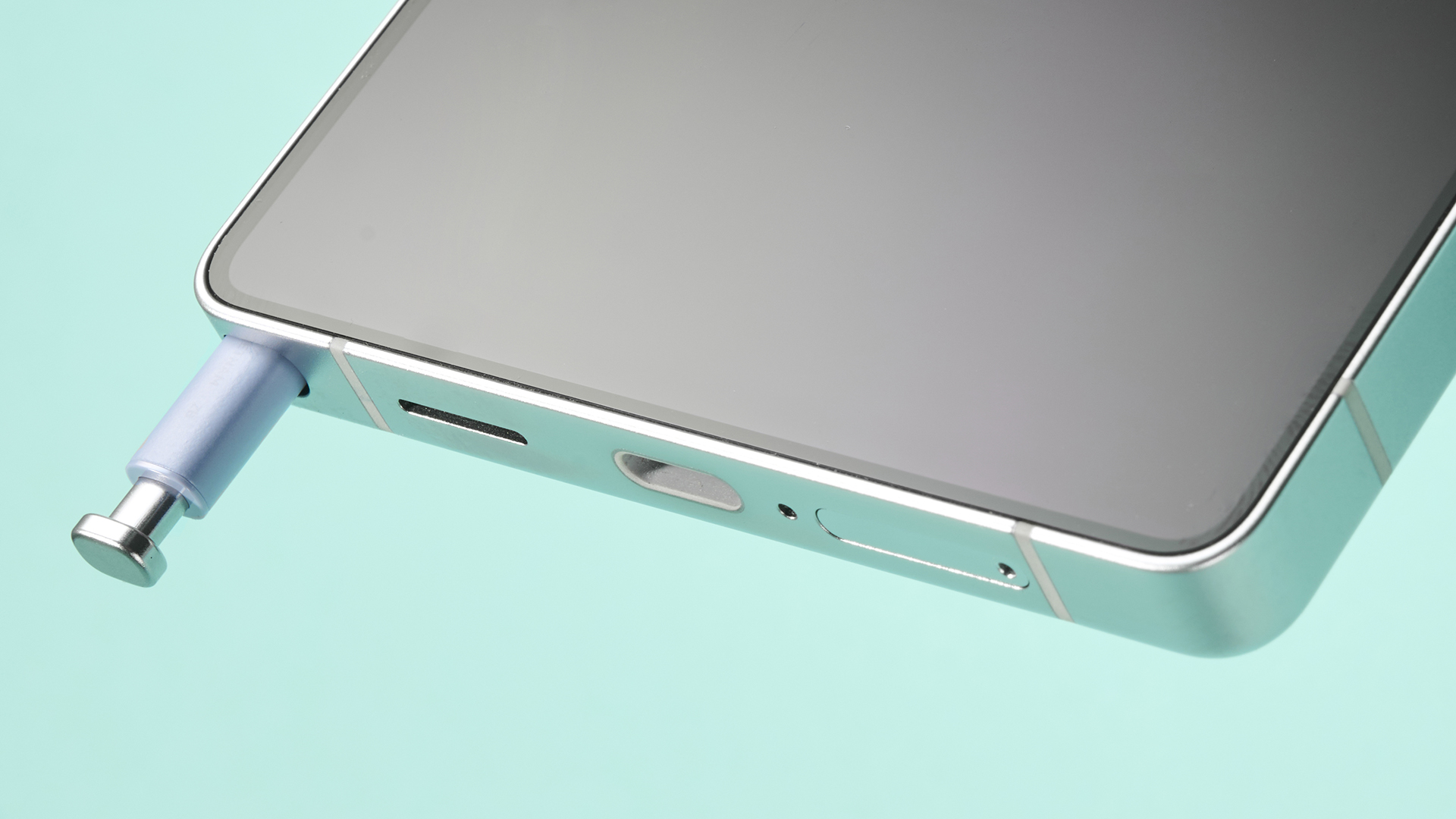 Samsung Galaxy devices could lose a unique feature after all
Samsung Galaxy devices could lose a unique feature after allThat's despite recent claims to the contrary
By Sam Cross
-
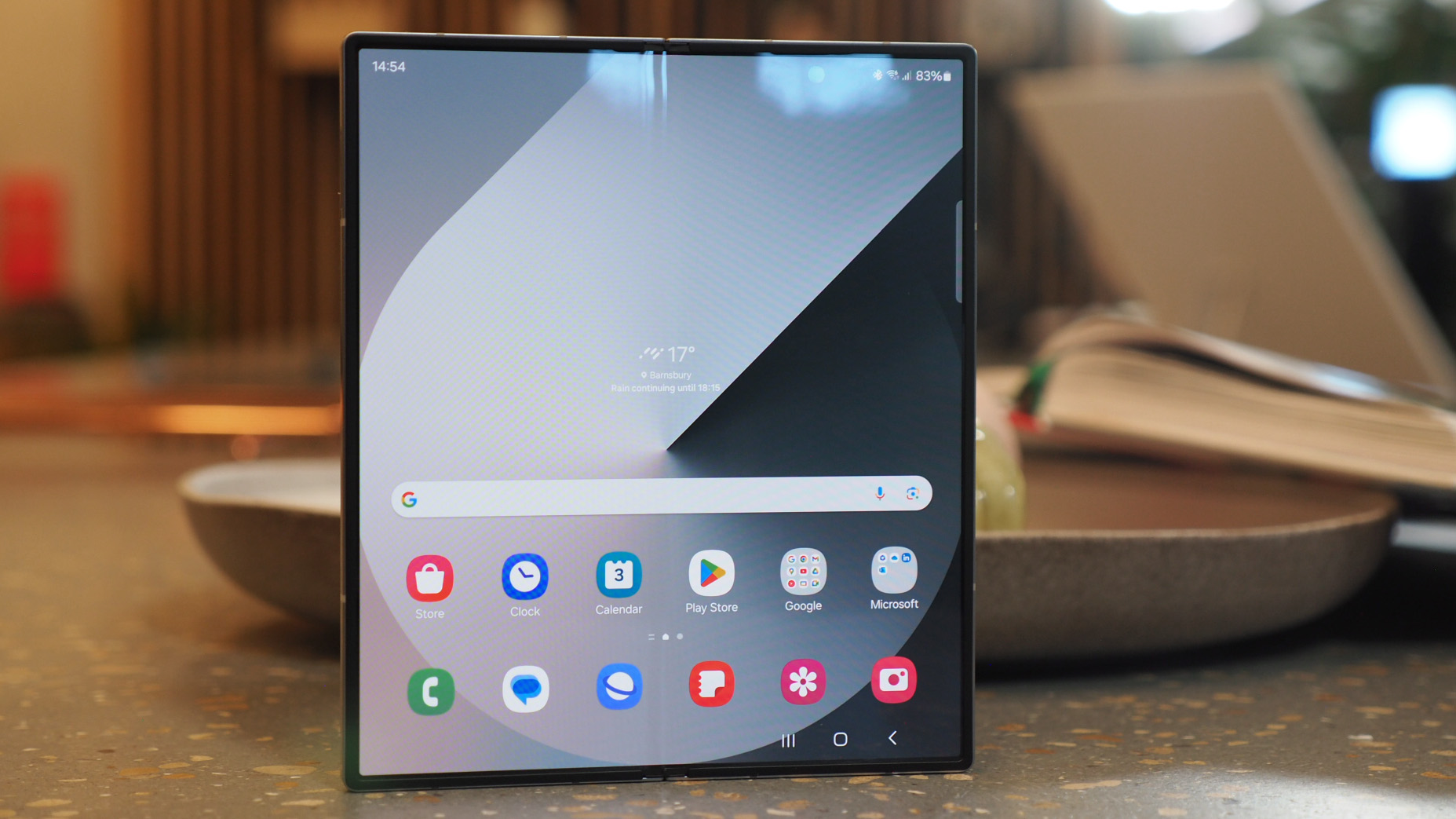 Samsung Galaxy handsets could get a massive free software upgrade as soon as this summer
Samsung Galaxy handsets could get a massive free software upgrade as soon as this summerThat's way sooner than expected
By Sam Cross
-
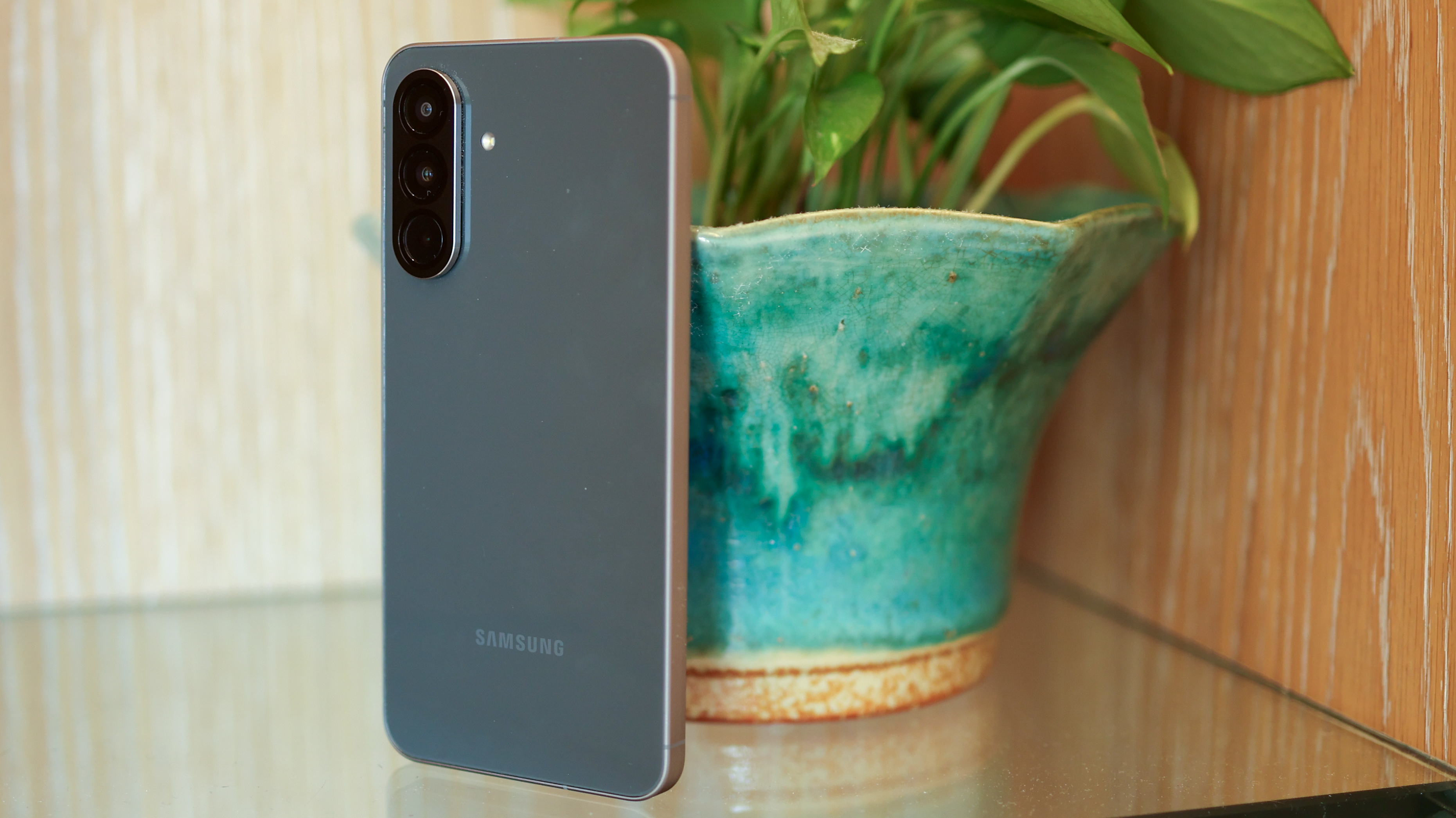 Samsung's affordable phones get Awesome Intelligence upgrade for free
Samsung's affordable phones get Awesome Intelligence upgrade for freeAnd its available to install right now
By Britta O'Boyle
-
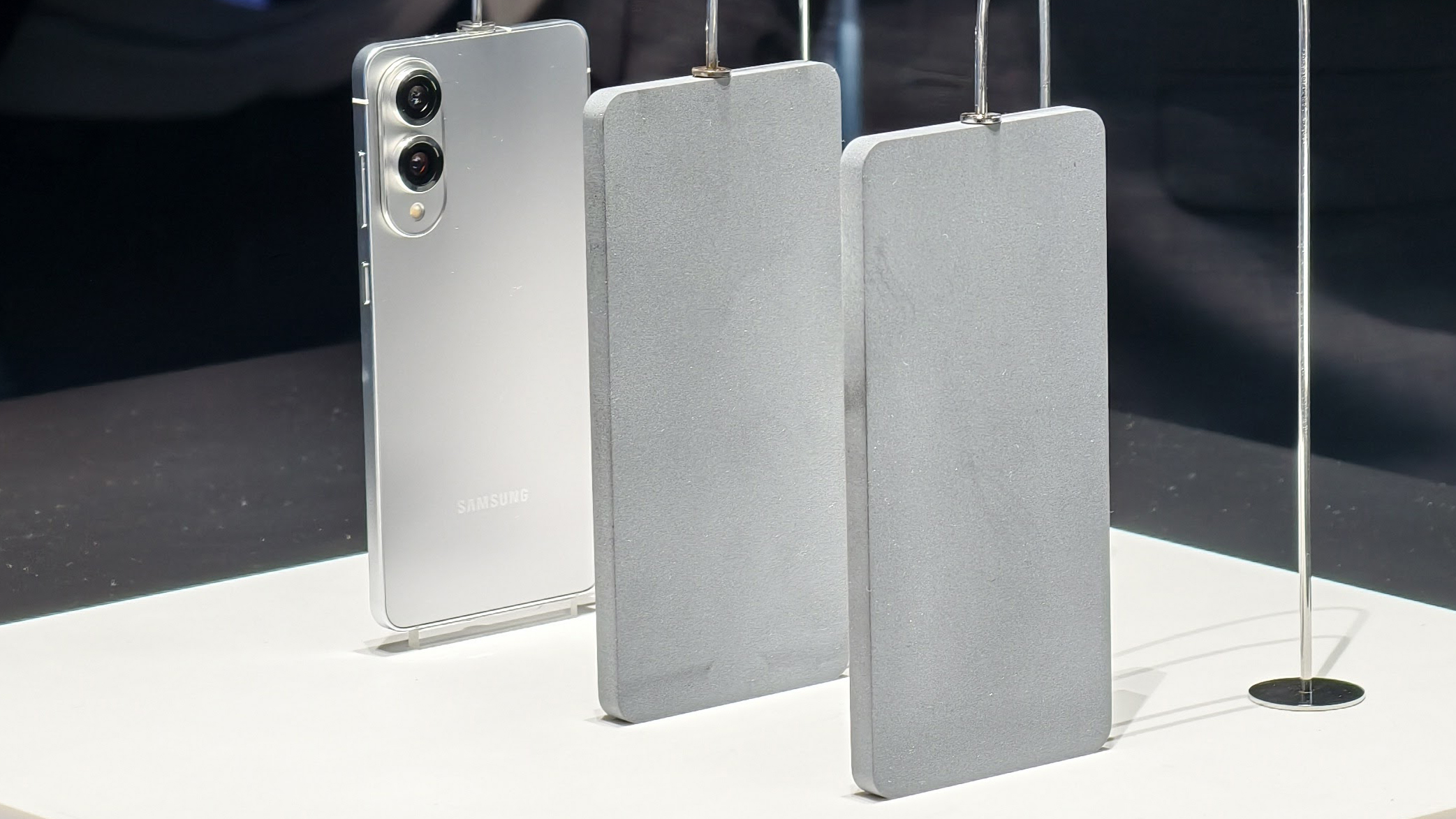 Samsung Galaxy S25 Edge could launch sooner than expected, because of space and time
Samsung Galaxy S25 Edge could launch sooner than expected, because of space and timeYou don't have to be a Doctor to realise why
By Britta O'Boyle
-
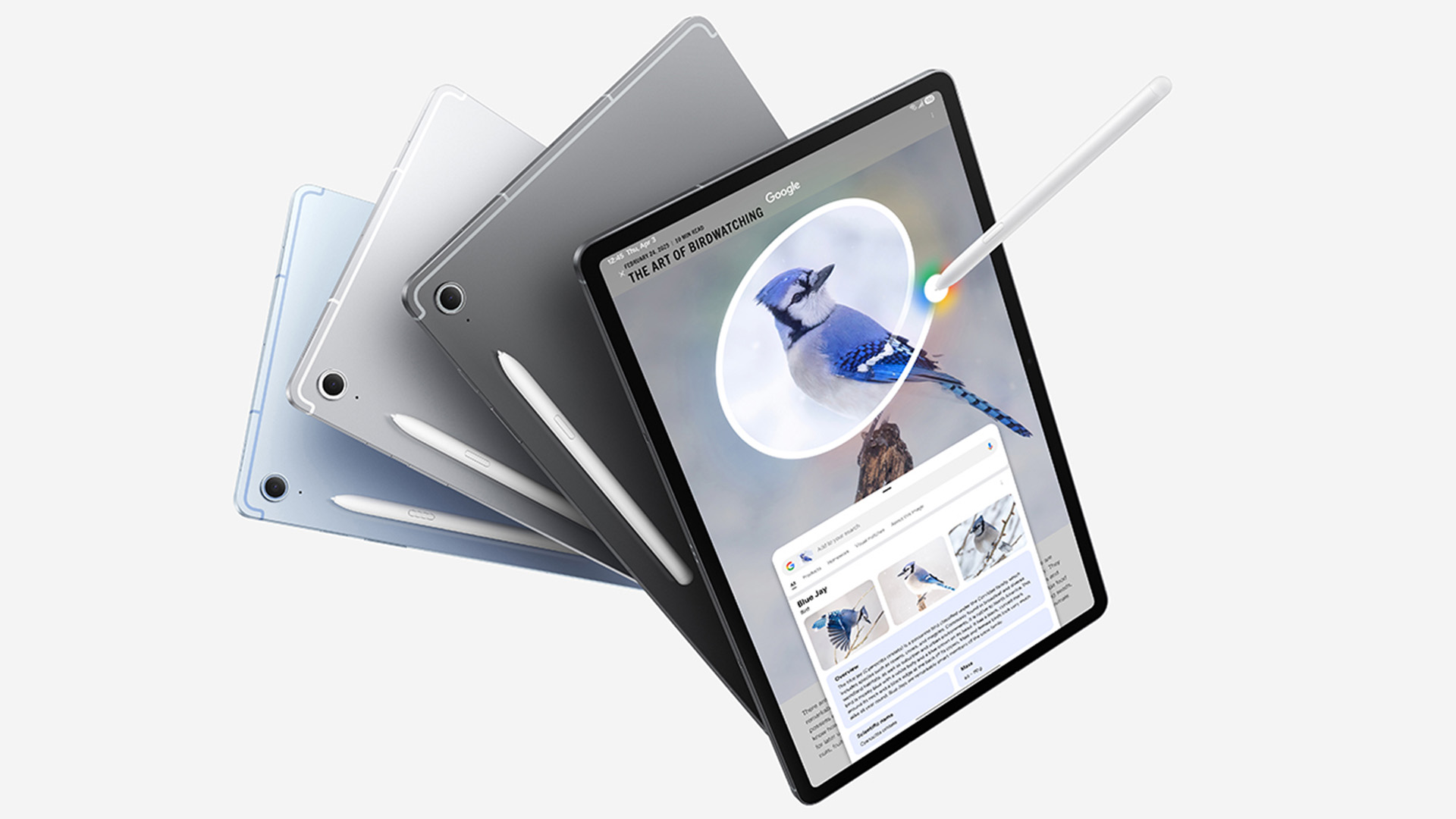 The Galaxy Tab S10 FE might be Samsung's best-value tablet yet
The Galaxy Tab S10 FE might be Samsung's best-value tablet yetA great new semi-premium entrypoint
By Max Freeman-Mills
-
 Samsung's bezel breakthrough could slash the cost of big-screen 8K OLED TVs
Samsung's bezel breakthrough could slash the cost of big-screen 8K OLED TVsMassive TV panels are really hard to make – so why not just tile multiple smaller ones instead?
By Carrie Marshall

